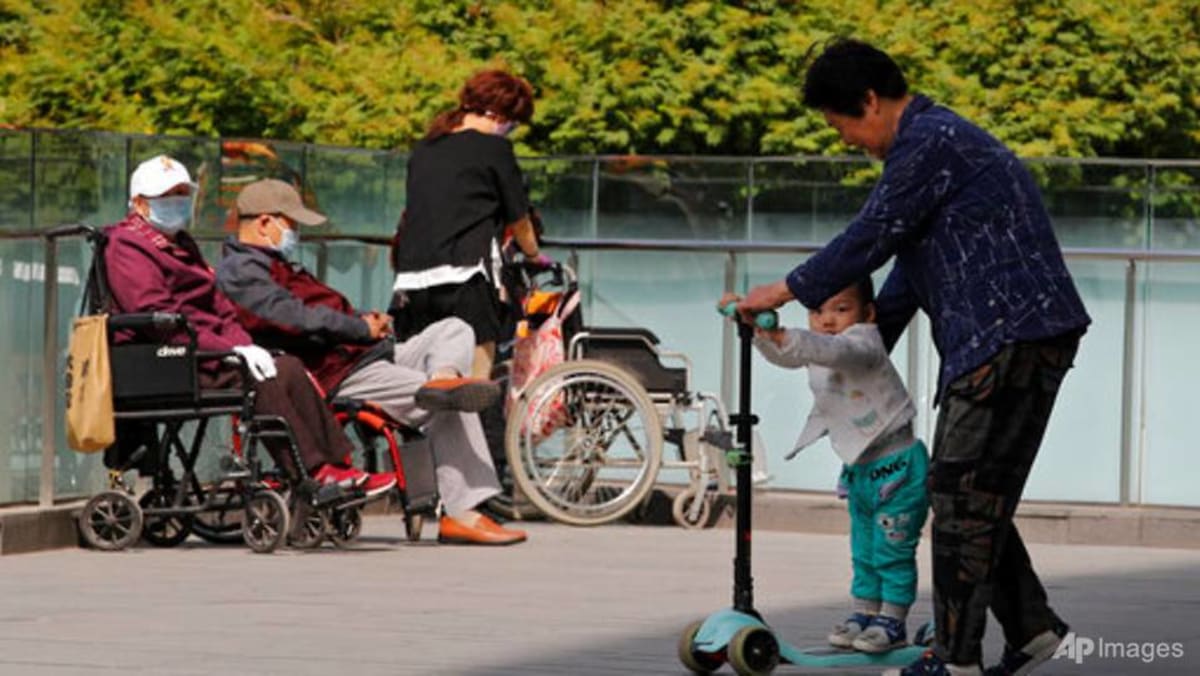ADAPTING TO IDEA OF SLOWER GROWTH
If so much good has come from smaller families through human history, why the consternation?
The difference, according to Mark Koyama, a professor at George Mason University in Fairfax, Virginia and co-author of How the World Became Rich, is that economic development in East Asia has been so much faster than in Europe and the US. “They compressed 200 years into 50 years,” Koyama told me. “In terms of demography, they compressed what happened in 80 years into 30.”
The implications for fiscal policy are significant, but not insurmountable. Falling fertility means a major reduction in the cohort coming into their careers, while the older group swells. That leaves authorities with less tax revenue to buttress spending on pensions and medical care.
China’s move in September to lift the retirement age, the first increase since 1978, was a nod to this concern. If worries about the solvency of social security systems leads more governments to shore them up, so much the better. That would be a good approach at any time, whatever the fertility rate.
One stumbling block is us. We struggle to adapt to the idea that slower growth can be beneficial. So much of our mindset, and so many economic models, expect things are going to get better – and that assumption is based on bigger is better. We have a bias toward plenty.
We mourn bankrupt municipalities in rural Japan with their boarded up pachinko parlours and abandoned homes. The flipside is that in some areas there are two jobs for every person and the nation’s unemployment has consistently been below that of its Group of Seven peers.
Back when people obsessed about Japan’s brush with deflation and off-and-on recessions, declining population was thrown in as another interminable woe. Japan’s demographic profile hasn’t fundamentally changed, but the nation is celebrated as regaining its former prowess. Stocks are high, inflation is up, interest rates are rising, and Warren Buffett is bullish.
